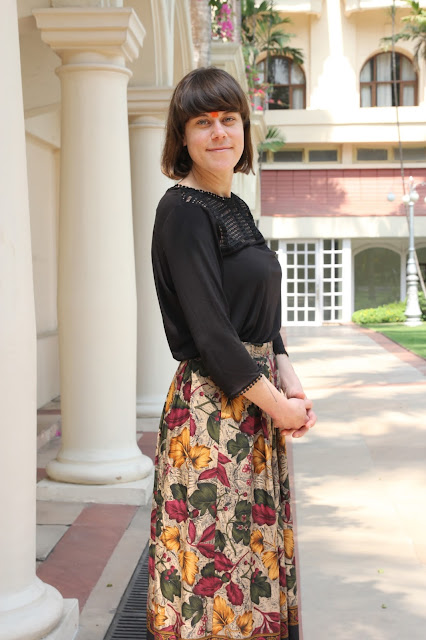Jessie Curell, is an ex Team Leader and Education Specialist for the National Film Board of Canada. With a university background in Anthropology, Communications and Media Production, her Master’s Degree thesis project was a four-month Canadian workshop tour teaching teenage girls feminism, media literacy and media production. Delivering workshops to youth is a passion for Jessie, sharing with them skills and techniques which they can apply to any medium they wish to put into action. Her latest workshops have been focused on the NFB’s new iPad animation application “NFB StopMo Studio” which brings a semi-professional animation studio into any classroom or home, with limitless possibilities for fun and creative expression.
What are the latest trends in the field of Digital Storytelling?
I don’t believe that the format of Digital Storytelling (personal narrative made up of image, narration, music, and text) is changing as much as the quantity of stories being told is expanding in exciting new directions around the world, and being distributed online on more and more blogs and education websites. The Centre for Digital Storytelling began in Berkeley, California about 10 years ago. It has certainly caught on in the USA, Europe and other parts of the world are slowly catching on with it.
Why is it important for children and communities to tell their stories in media?
The first step is introducing students to creative thinking with regard to media messages and stories. Why was this story/message created? What is the main message? Who do you think made it? Who do you think would feel left out/unrepresented from this message? The next step of media literacy is creating your own message.
Creative expression is important for people of all ages because it demands them to shift from a passive consumer of media/stories/advertisements, and asks them to take an active role as a creator and sharer of their own opinions, ideas and stories. Before digital technologies and the internet, it was only a select few filmmakers, broadcasters and media tycoons who had access to this privileged opportunity. Now with a simple camera and basic computer software, anyone can take this role and speak up and out about an issue that concerns them, or share thoughts, feelings and ideas with others.
This project encourages and supports the students through the process of story development and production, as the teachers are letting them know that their opinions and ideas are important, and that the world needs to hear them. It is a very empowering experience to be a filmmaker, and Digital Stories are introductory versions/formats of documentary films. The skills acquired during this process are infinitely useful in this increasing media-savvy world. With new story-boarding, photography and iMovie editing knowledge, many new doors and opportunities may open for them all.
How do you perceive the Indian education system?
I have only spent a total of about two and half months in the country. In terms of Digital and Media Literacy though, I do have a sense that this is a curriculum and teaching area that needs more attention and work. Students seem to now have access to many of the technologies and the internet, though I don’t get the feeling that they have been taught media literacy techniques nor ethical considerations when creating their own stories.



No comments:
Post a Comment